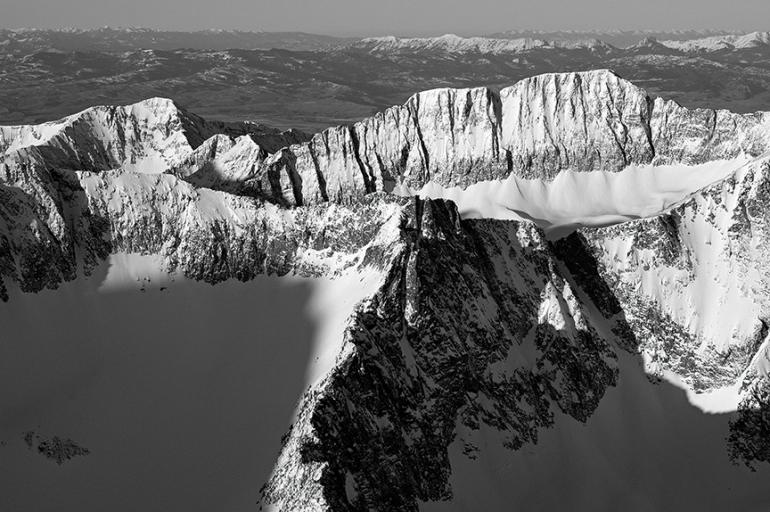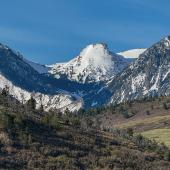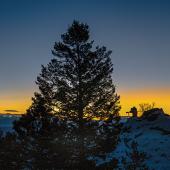Picos Locos
Crazy Mountains geology.
The shorter days of winter have once again settled in, providing extra time to reflect on options for next summer’s adventures. We live in an outstanding area surrounded by many tantalizing mountains, but, perhaps, we have gotten into a rut and explore the same ones that we see every day. Today, we’re going to drive over the hill to the Crazy Mountains, that group of jagged peaks that calls to us from the Bridger Ridge all winter long.
Located just east of Livingston and north of I-90, the Crazies are an isolated mountain grouping that commands the weariest traveler’s attention. However, the history of how they were formed is often overlooked. When great forces underground were shifting the tectonic plates, some of the sedimentary layers were folded over and forced upward, like the Bridgers and most other ranges. The Crazy Mountains, however, are in the middle of the Crazy Mountain Basin, where the layers were shoved together, creating a deep trough or basin. Beneath the Earth’s crust, hot magma roiled, boiled, oozed, and pushed toward the surface, thus causing a great uplift of rock formations and interesting intrusions.
Two of those formations were dikes and volcanic plugs:
Dikes – Magma cutting vertically through sedimentary layers; over time, erosion wears away weaker rock and leaves harder volcanic rock. They look like walls.
Volcanic Plugs – Magma rises through vents and and solidifies into pools or blisters below the surface; over time, erosion can wear away weaker rock and leave a tower of hard volcanic rock. For example, Sheep Mountain in the Crazies or Devil’s Tower in Wyoming.
The Crazy Mountains have unusual quantities of radial dike swarms, where dikes radiate out like spokes on a wheel from the volcanic plug in the center. After all this commotion, the glaciers came and fine tuned the Crazies into the ruggedly jagged peaks that we see today.
Many wonder how the “Crazies” got their name. As with most lore there are many versions. Some claim they were originally named the “Crazy Woman Mountains” because a pioneer woman suffered extreme loss, became deranged, and lived in these mountains. Others believe that the Crow tribes valued these mountains for vision quests and that the early explorers couldn’t understand this belief, thus thinking the Crow went there to go crazy. Or, perhaps a frustrated geologist thought the name fit.
Patti Albrecht owns Earth's Treasures in Bozeman.











